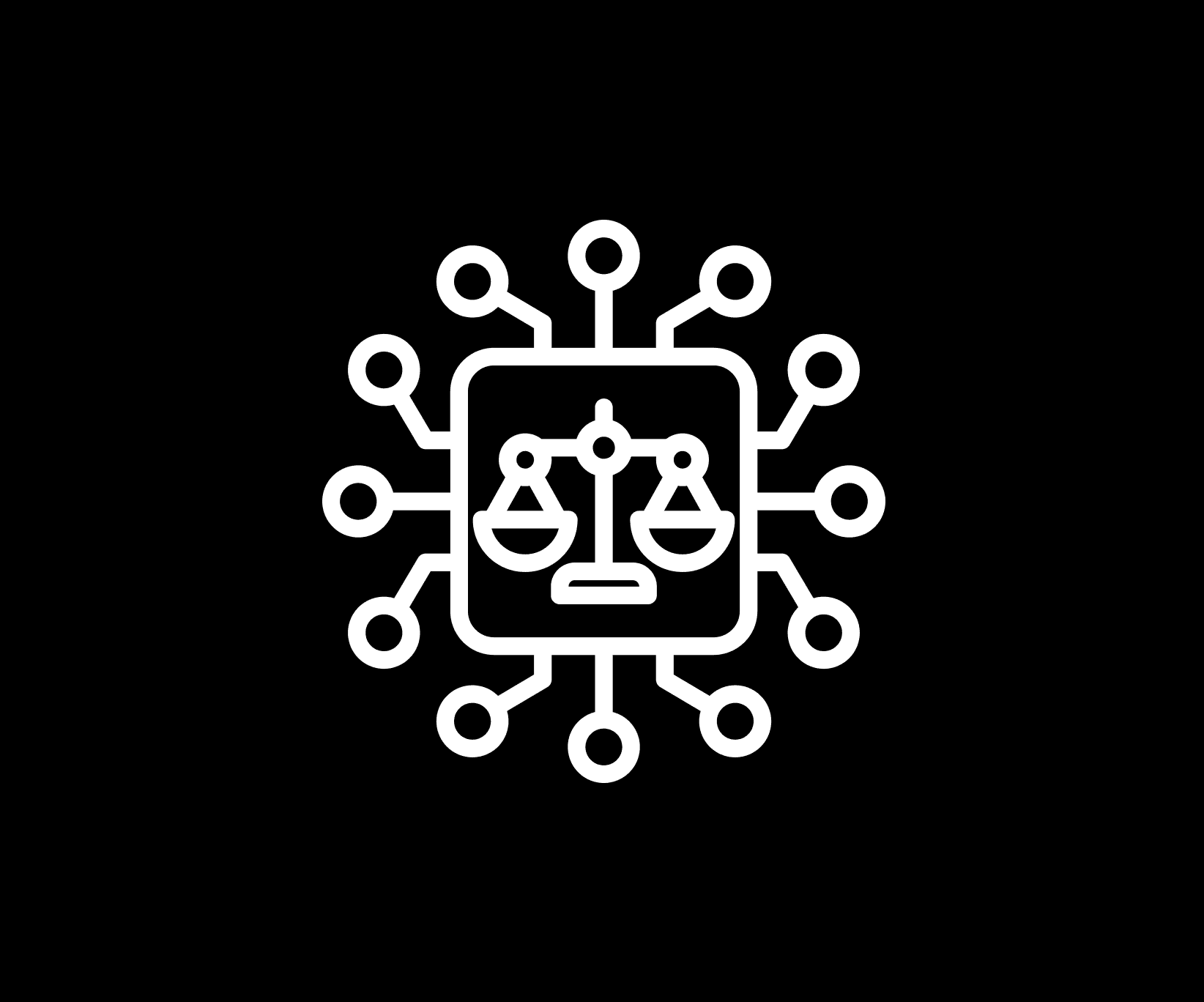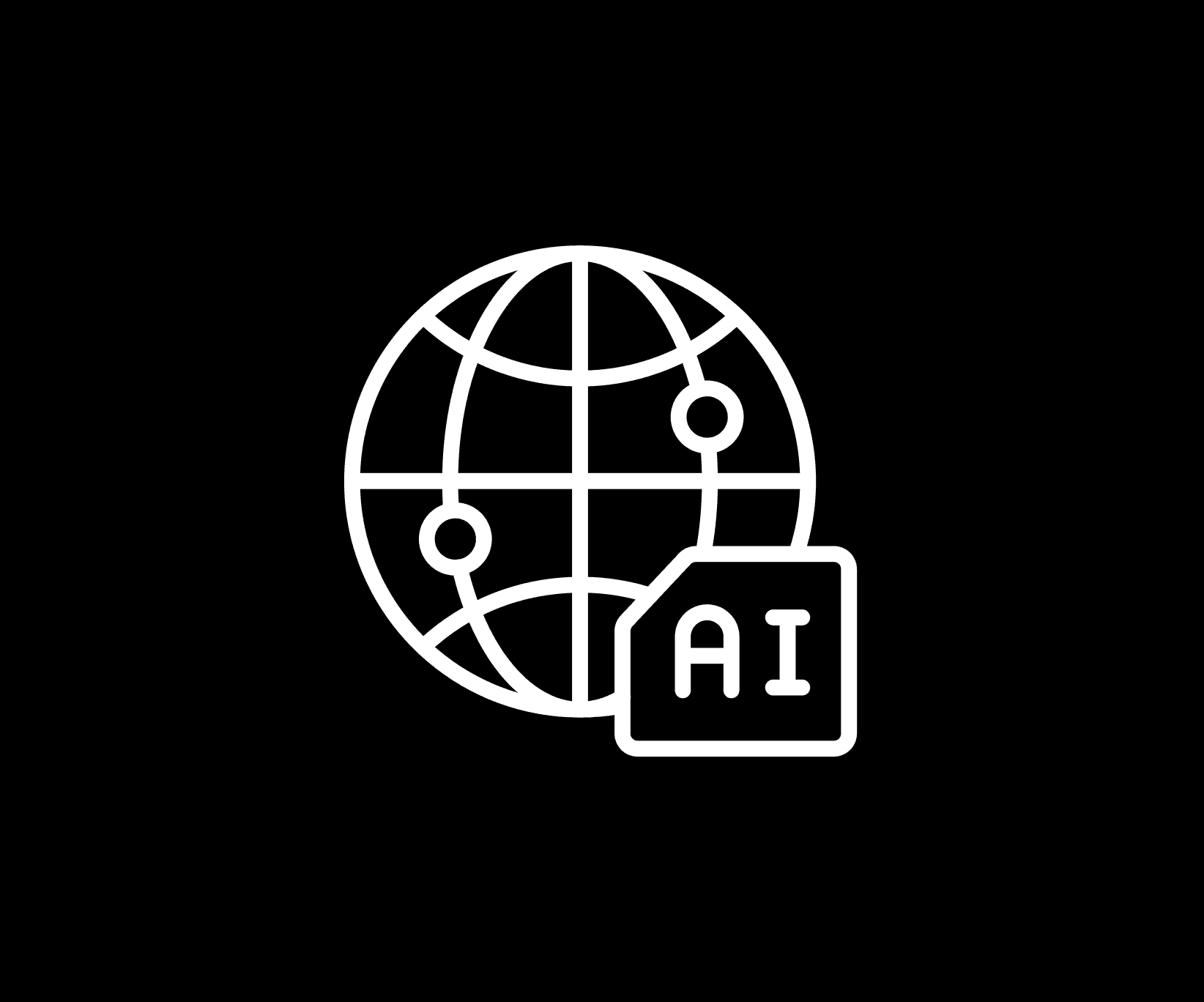AI
New Guidance on Generative AI Use in Singapore Courts: What You Need to Know
The Registrar's Circular No. 9 of 2024, issued by the State Courts of Singapore, marks a significant step toward integrating technology into the judicial process. Effective 1 October 2024, the accompanying Guide on the Use of Generative Artificial Intelligence Tools by Court Users (the Guide) outlines key principles and responsibilities for court users employing these tools in legal proceedings.
Applicability
The Guide applies to all levels of Singapore’s judiciary, including:
The Supreme Court
The State Courts (e.g., Small Claims, Employment Claims, and Community Disputes Resolution Tribunals)
The Family Justice Courts
It covers anyone involved in court cases, including lawyers, litigants-in-person, and witnesses.
Key Provisions
1. General Principles
Permitted Use: The Guide allows the use of Generative AI for preparing court documents, provided users adhere to its provisions.
Responsibilities: Court users must independently verify the accuracy and appropriateness of all AI-generated outputs. Any content submitted is the sole responsibility of the user.
No Preemptive Disclosure: Unless specifically requested by the Court, users are not required to declare their use of Generative AI tools.
2. Ensuring Accuracy
The Guide emphasizes rigorous verification to maintain the integrity of submissions:
AI-generated content must be fact-checked, proofread, and adapted to the specific case.
References to case law, legislation, or articles should be verified using trusted sources like eLitigation GD Viewer or Singapore Statutes Online.
Users cannot rely on AI tools to confirm the accuracy of their output.
3. Safeguarding Confidentiality
Users must ensure compliance with:
Confidentiality orders
Personal data protection laws
Legal privilege
The Guide warns that information shared with AI tools may be stored or exposed, emphasizing the need to avoid disclosing sensitive or privileged information.
4. Restrictions on AI Use
Generative AI must not:
Fabricate evidence
Alter or embellish facts
Generate inappropriate content for court documents
However, users may employ AI to draft initial versions of affidavits or statements, provided the content is manually reviewed and validated.
5. Potential Consequences of Non-Compliance
Failure to adhere to the Guide could result in:
Adverse cost orders: Users may need to compensate opposing parties for non-compliant submissions.
Reduced evidentiary weight: Documents not meeting standards may be disregarded or given less consideration.
Disciplinary action: Lawyers may face professional sanctions, and other users could face legal consequences for intellectual property or data breaches.
Educational Emphasis
The Guide underscores that Generative AI is a tool—not a substitute for human intelligence. It reminds users that AI outputs, while seemingly coherent, can include inaccuracies, hallucinations, or fabricated references. The judiciary advises users to exercise caution and responsibility when leveraging these tools.
A Balanced Approach to Innovation
Singapore’s courts maintain a neutral stance on Generative AI, treating it as an optional resource rather than a mandated tool. This forward-looking framework reflects a commitment to embracing technological advancements while safeguarding the principles of justice.
Conclusion
The Guide provides clear directions for integrating AI into legal workflows, ensuring that the use of such tools complements rather than compromises the judicial process. By balancing innovation with accountability, Singapore’s judiciary continues to set a global benchmark for legal technology integration.





